On this day in 1974, Aberdeen was entering uncharted territory when it employed its first female traffic wardens; President Nixon was in hot water; and a lack of hanky panky meant there was no baby boom in the city. Here are the headlines from August 8 that year.
Aberdeen’s first women traffic wardens
“Yet another of Aberdeen’s male-dominated institutions falls prey to women next week” reported Evening Express journalist John Mair, when he informed readers of the city’s new female traffic wardens.
Let’s assume his report is tongue-in-cheek rather than ’70s chauvinism, but he goes on to explain: “When the two new female members of the traffic warden section step on to the streets, they’ll be bringing to an end more than eight years of male supremacy.”
Indeed.
Traffic wardens were first introduced to Aberdeen in 1966 when 24 uniformed men took on a city-centre beat.
Unthinkable now, but back then, people could park on Union Street and other city-centre thoroughfares – crucially, only for 45 minutes at a time.
Therefore the traffic wardens were kept rather busy, particularly as they also controlled pedestrian crossings.
By 1974, their beat had extended to Torry and Old Aberdeen, which had its own set of complicated restrictions to mystify motorists.
The wardens were key to keeping traffic moving in the city centre, particularly in busy areas like Market Street.
And when there was a manpower shortage in 1974, women were drafted in.
Making history in Aberdeen were Wilma Hutcheon and Jennifer McHattie who both admitted to being “apprehensive” about the role.
The pair were told they could expect to cover 45-miles on foot during their 38-hour working week.
Jennifer said: “Certainly it’s a job with a difference and it will be nice to be out and about in the open air.”
President Nixon on cusp of resigning
The main headlines on August 8, however, had more of an international flavour reporting on the Watergate Scandal.
Being an evening paper, the Evening Express Late Final edition carried the latest news as it happened.
President Nixon was in hot water across the pond and the EE proclaimed: “The end of the Nixon Presidency is today at hand.
“As the President agonises in the White House, America wonders not when he will go, but how.”
Nixon became embroiled in one of the biggest political scandals in US history.
It was revealed he was involved in a cover-up over a politically-motivated break-in at the Democrats’ Watergate Office Building in Washington DC in 1972.
On August 5 1974, the White House released a series of recordings called the Nixon White House tapes at the order of the Supreme Court.
The tapes demonstrated Nixon’s early involvement in the cover up.
The rumours Stateside on this day in 1974 were that Nixon was drafting his resignation letter, although the White House remained quiet.
He resigned the following day.
It’s a scandal that’s gone down in history, and even been immortalised in popular culture.
David Bowie’s song Young Americans, recorded just three days after Nixon resigned, makes several references to the Watergate Scandal.
No baby boom for Aberdeen
A small, but amusing story on the front page was that there was to be no baby boom in Aberdeen that year.
Reporting on the number of babies not being born in August 1974 was an unusual angle.
It had been predicted there would have been a baby bonanza that year due to a television curfew in December 1973.
At that time, most of Britain’s electricity was generated by coal plants, and to save coal stocks, restrictions were put on electricity consumption.
As a result, television broadcasts ended at 10.30pm and pubs were shut.
It was widely reported that people had found other ways to “entertain” themselves in the winter evenings.
Forget a game of Monopoly by candlelight, many people instead indulged in a spot of something altogether more adult.
The Family Planning Association “slammed” people for “having lost the art of entertaining themselves” and resorting to “the oldest form of recreation”.
However, the predicted baby boom did not come to fruition in Aberdeen nine months later.
In fact, the health board said fewer babies were to be born in autumn 1974 than the previous year.
Cutting costs with Co-op
And it seems timely, if not ironic, that there was talk of cutting the cost of living back in 1974.
We’re all feeling the pinch just now and trying to economise where we can as supermarket bills creep up.
And it was no different in August 1974.
The Northern Co-op was pledging to cut customers’ cost of living with a bunch of bargain foodstuffs.
This fascinating advert in the EE in 1974 gives an insight into the average housewife’s weekly shop.
Half a pound of butter could be picked up for 10p a packet, mince was 38p per lb, and tinned fruit average 16p a tin.
Slightly less appetising deals were the vegetable salad in a tin for 9p and the tinned ‘steak and kidney dinner’ for a mere 5p.
Meanwhile, a bottle of Spey Royal Whisky could be picked up for £2.50, and a tin of Heinekin was 11p.
And in the 1970s, tobacco was of course an essential, with Golden Virginia coming in at 44-and-a-half pence per ounce.
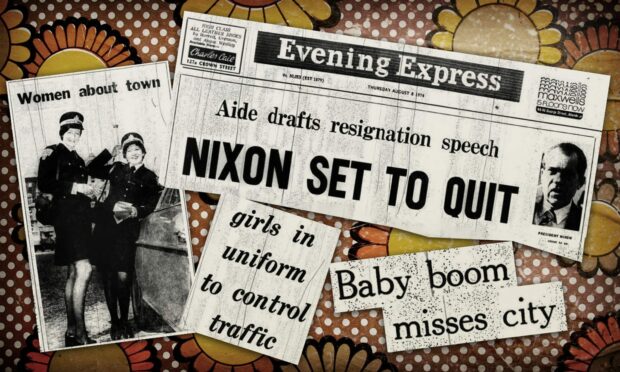
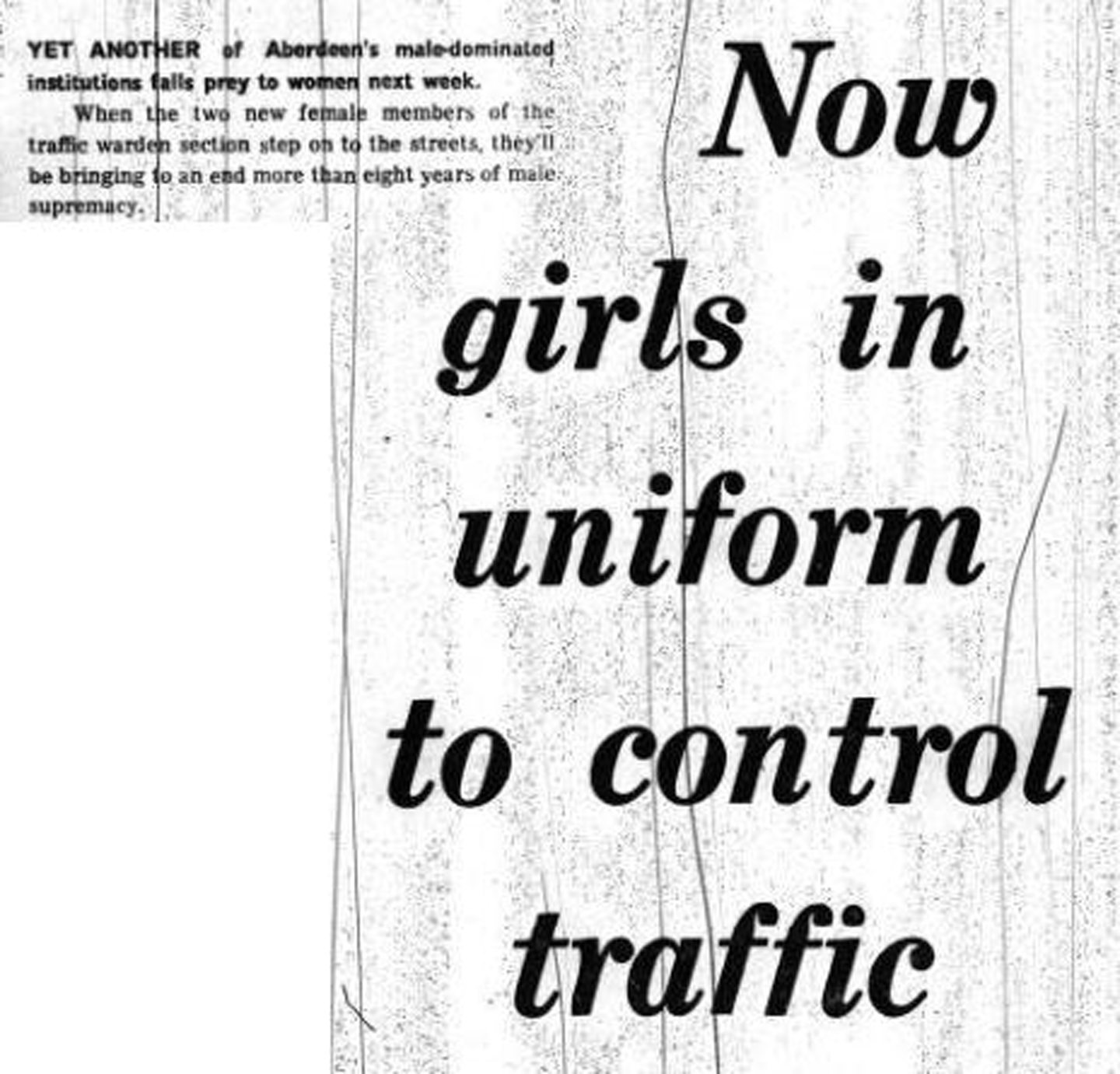
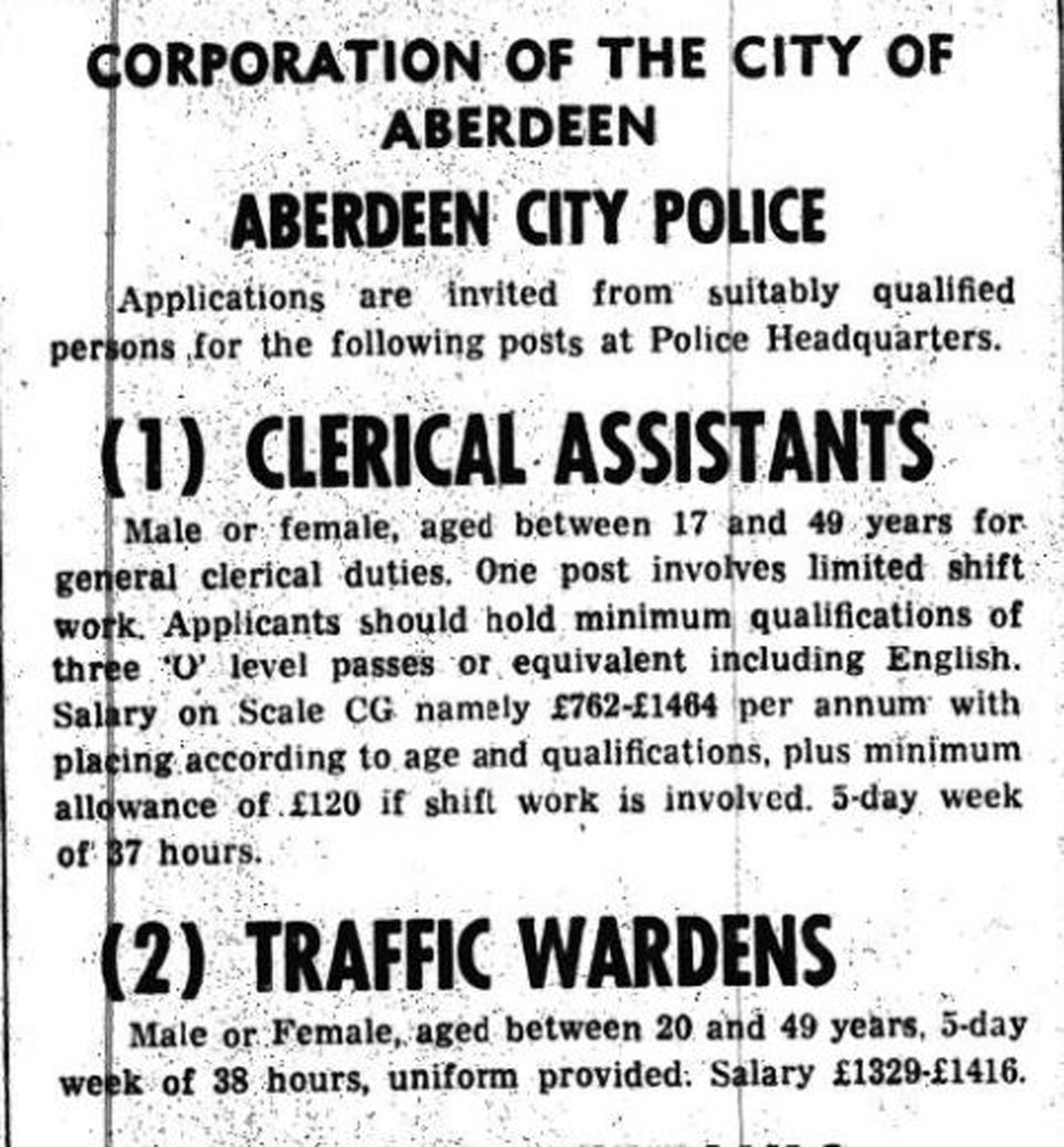
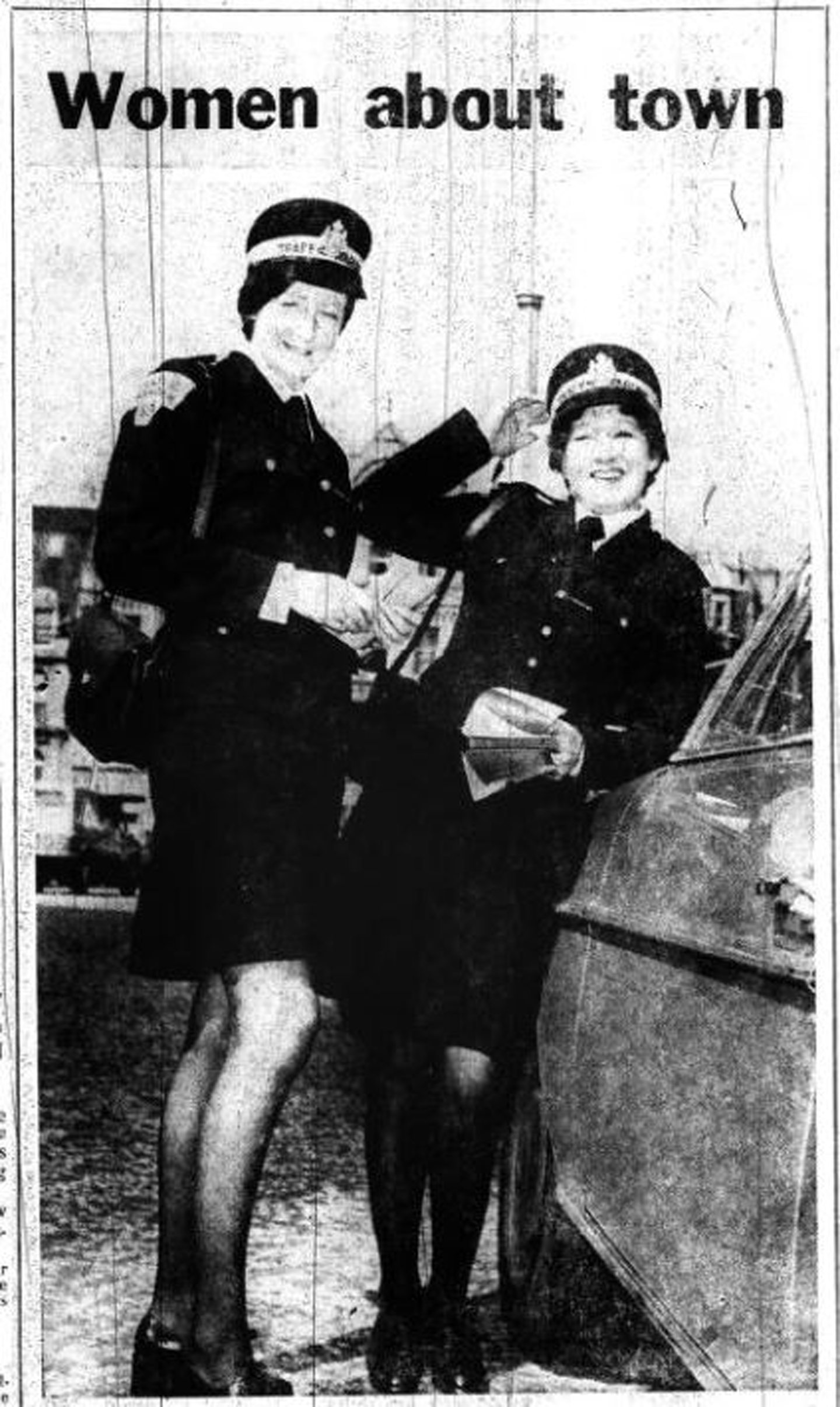
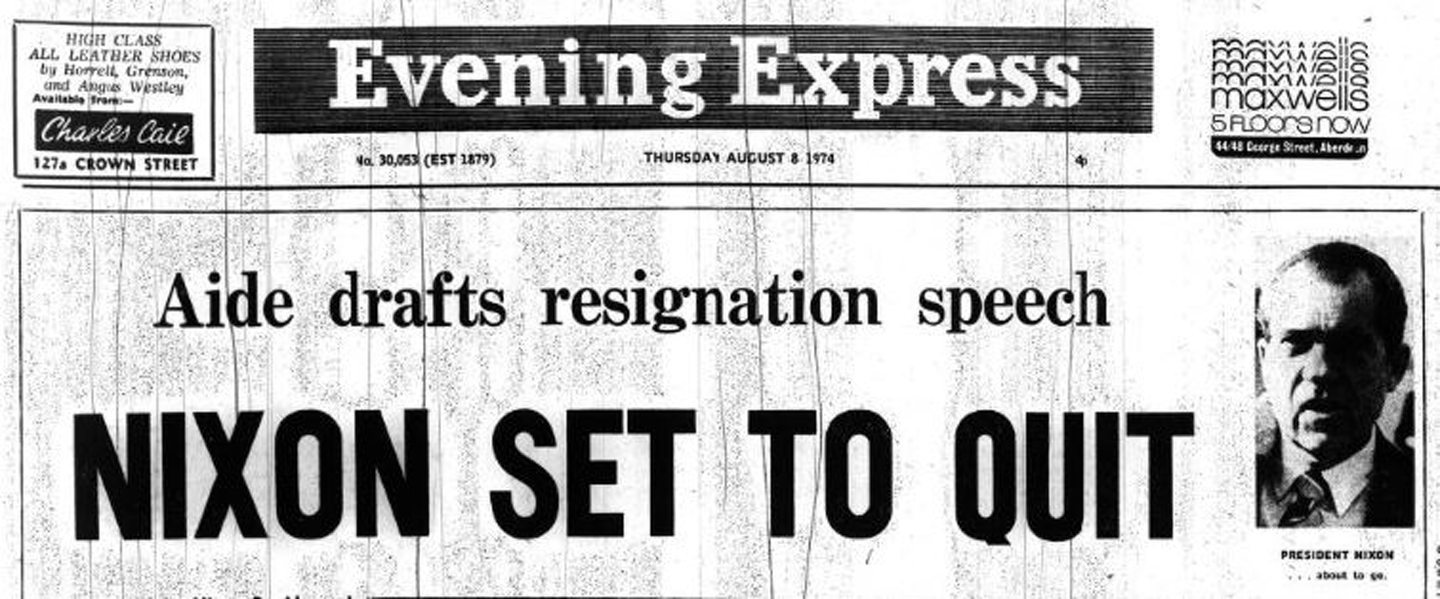
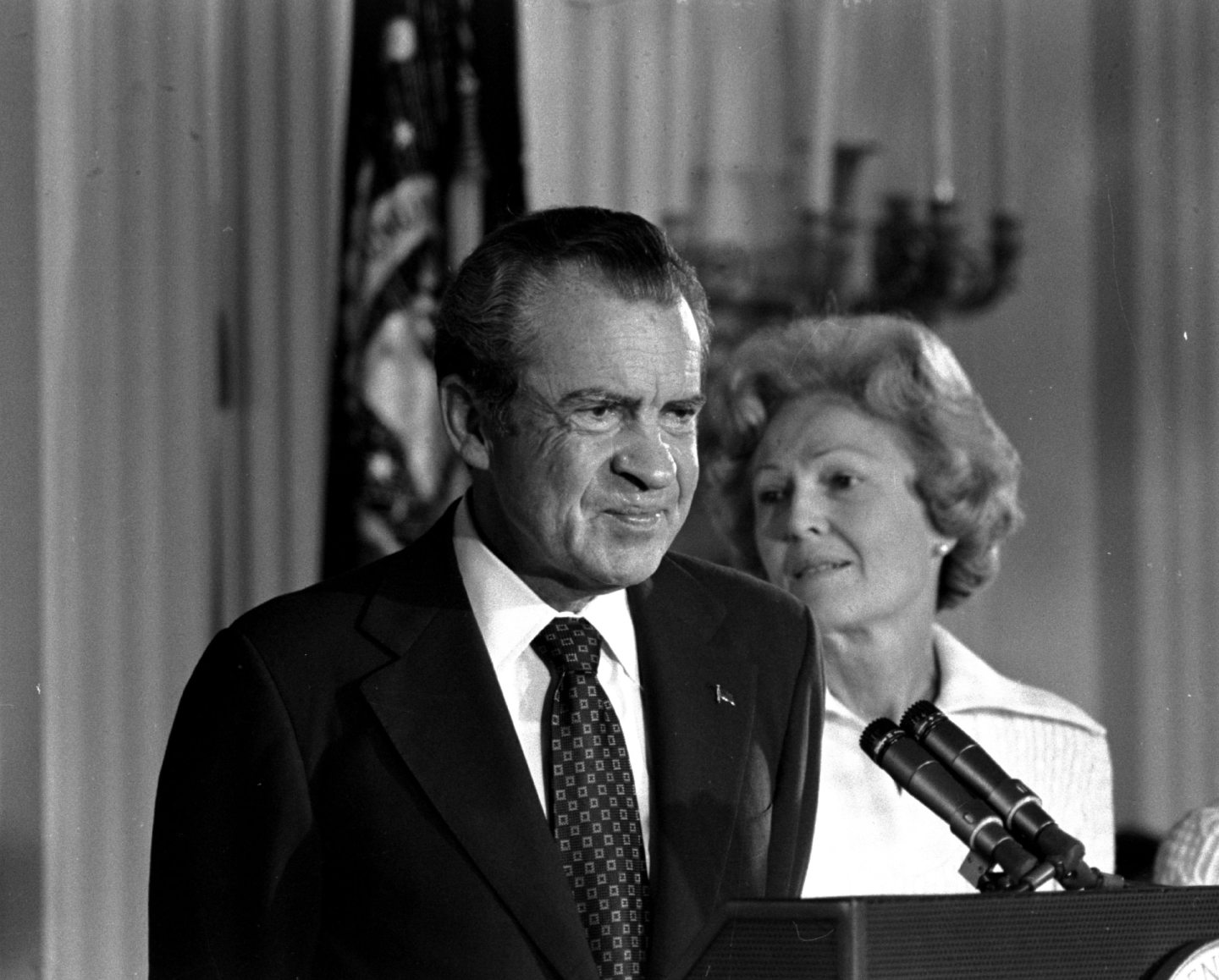
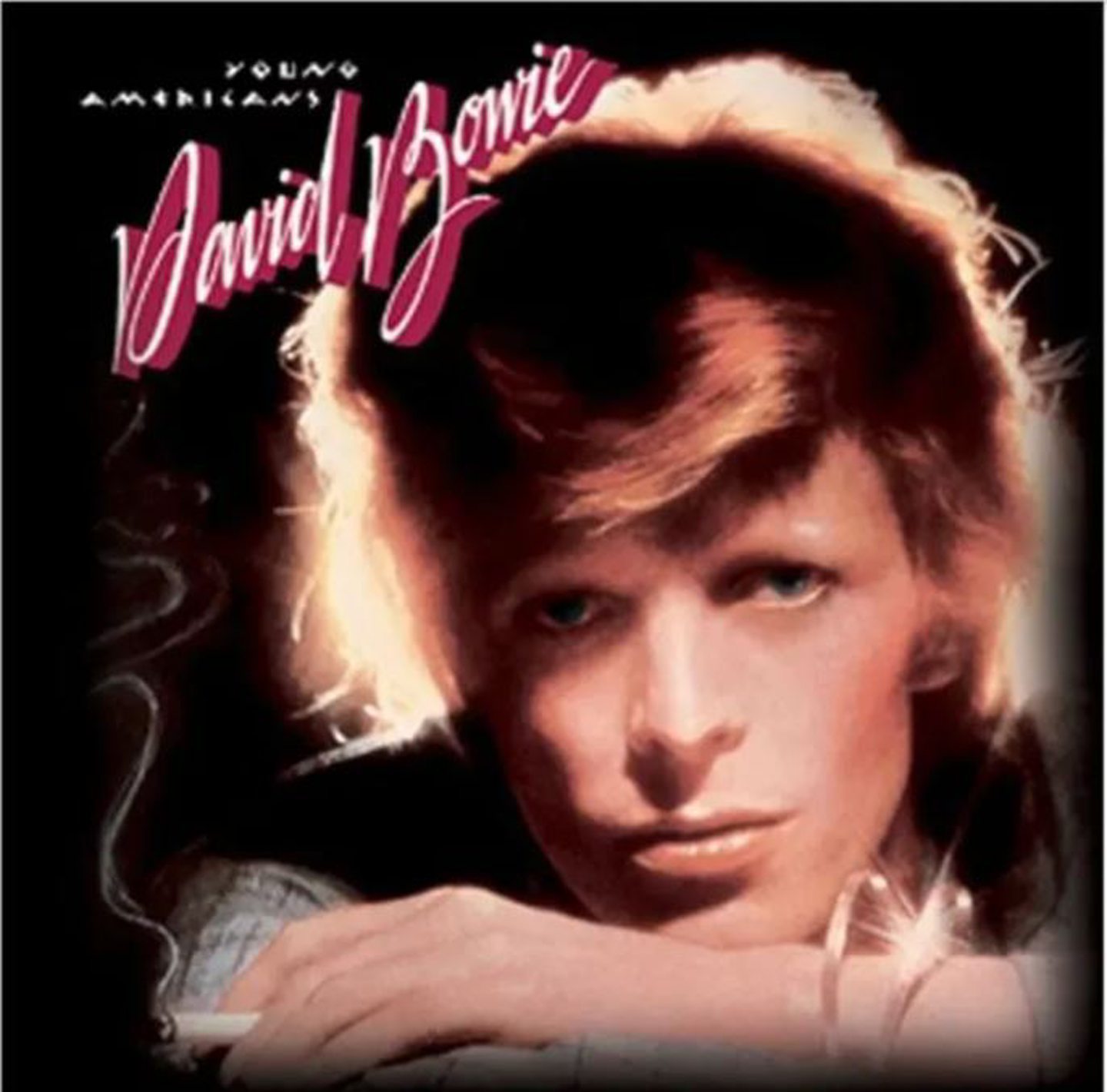
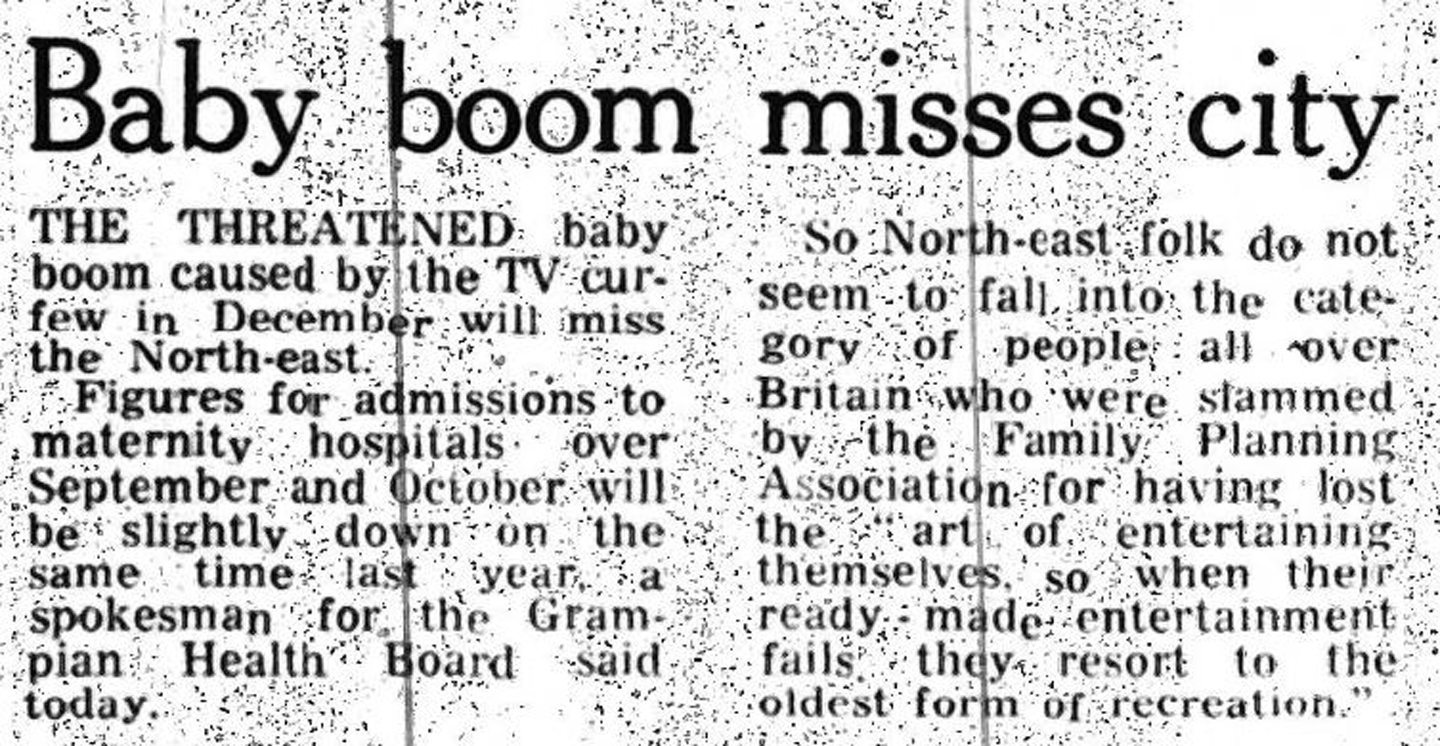
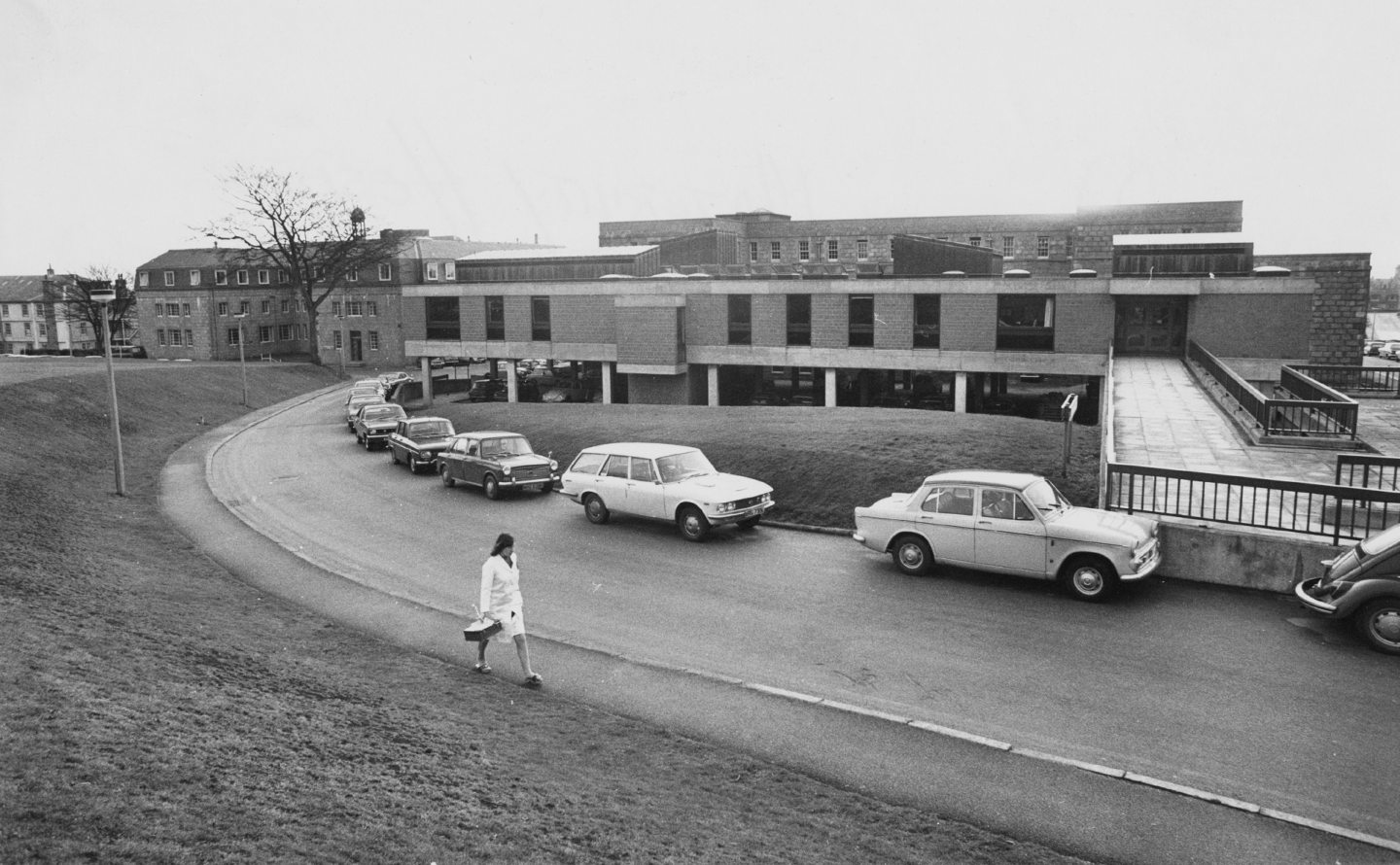
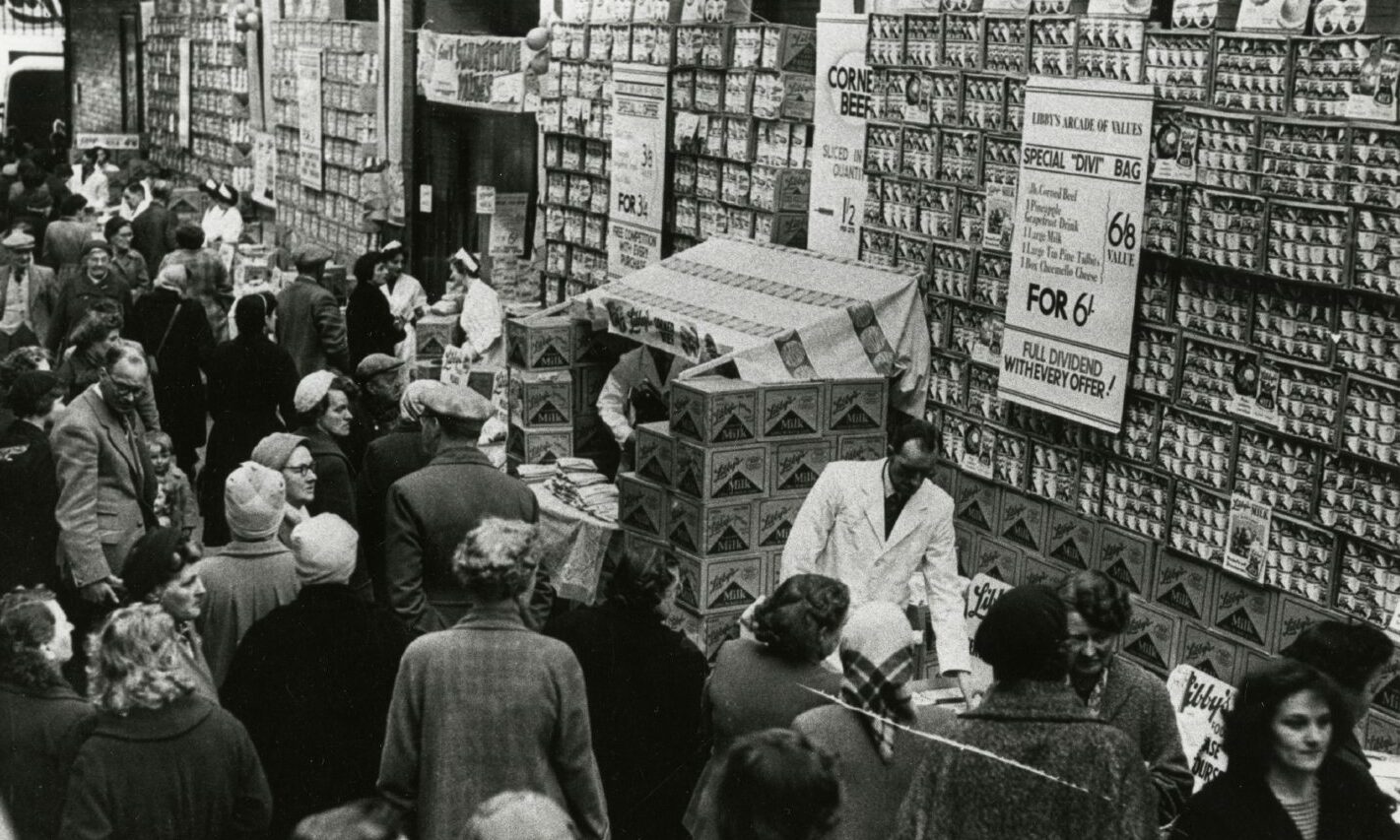
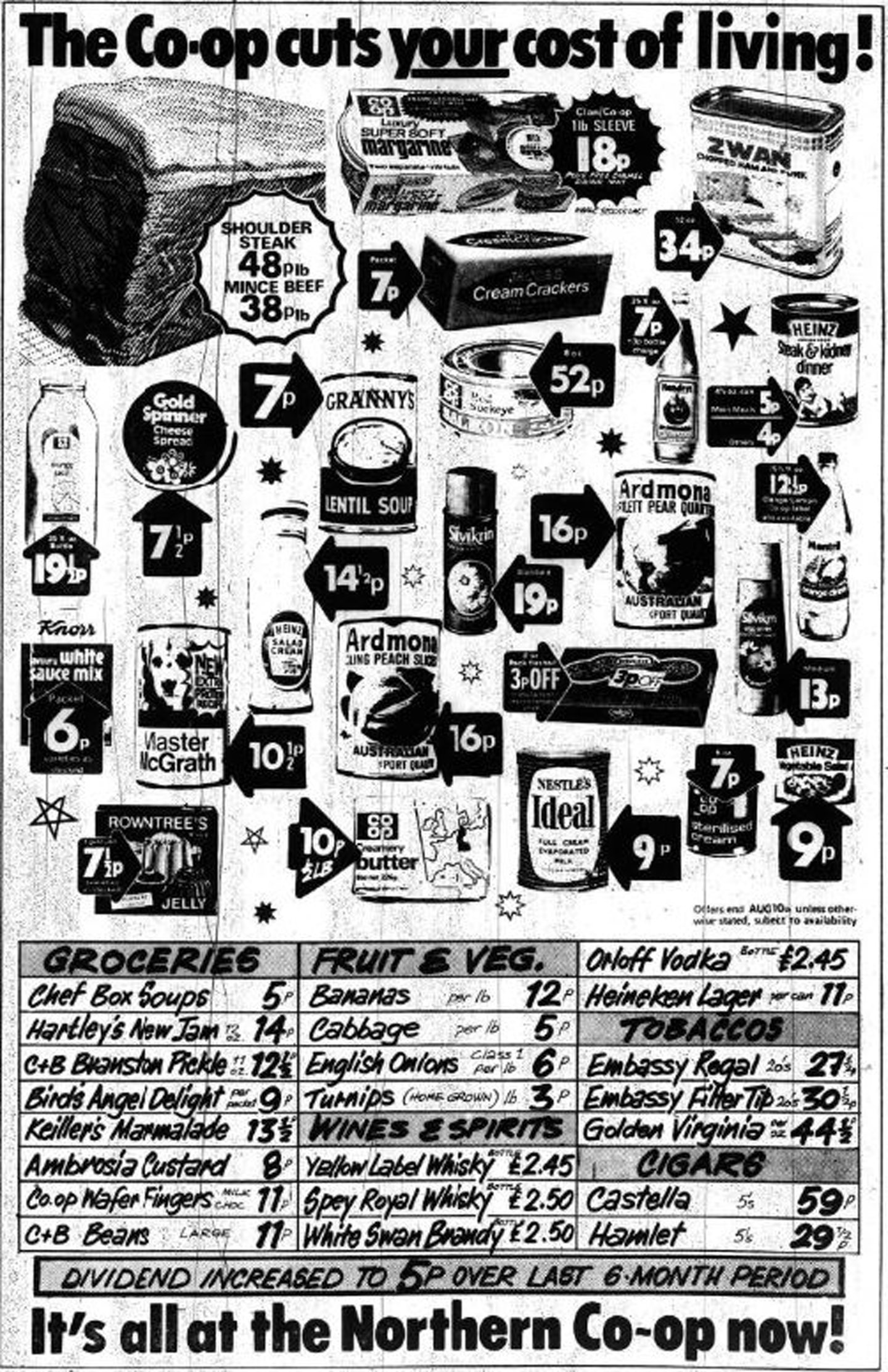

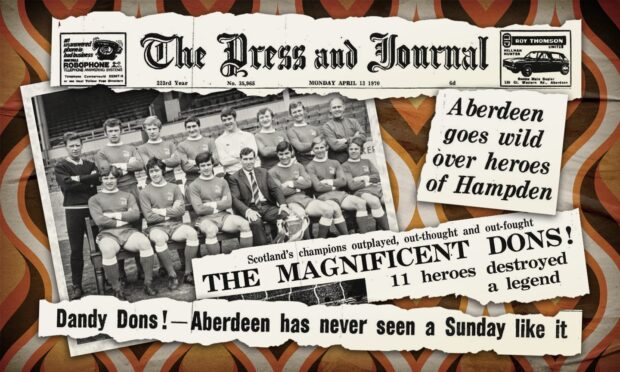
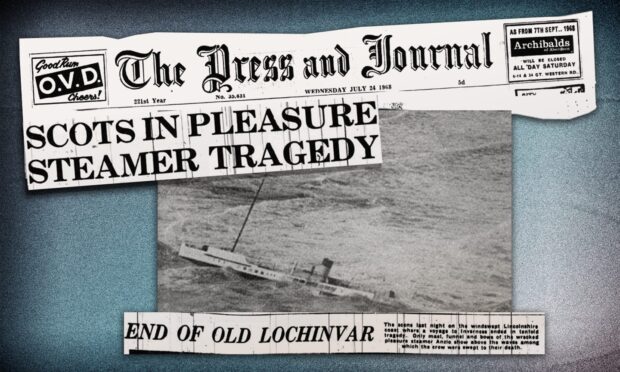
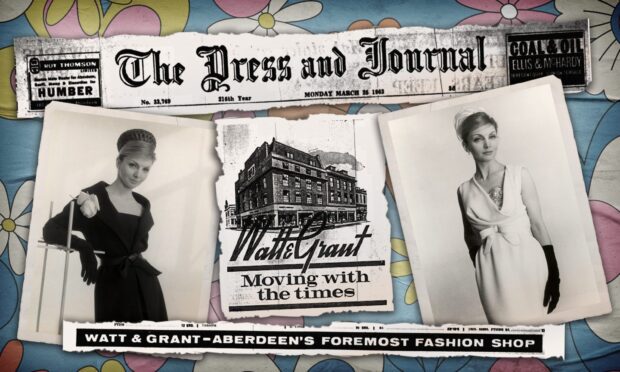
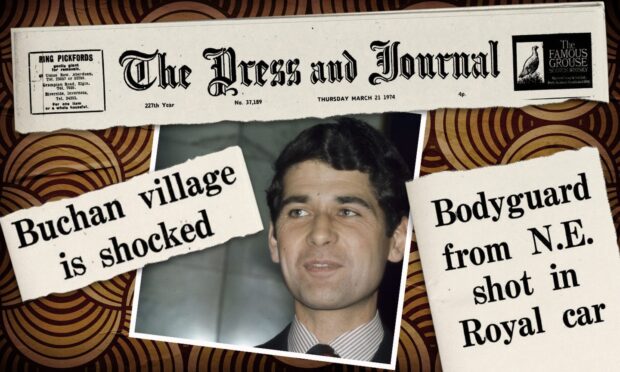
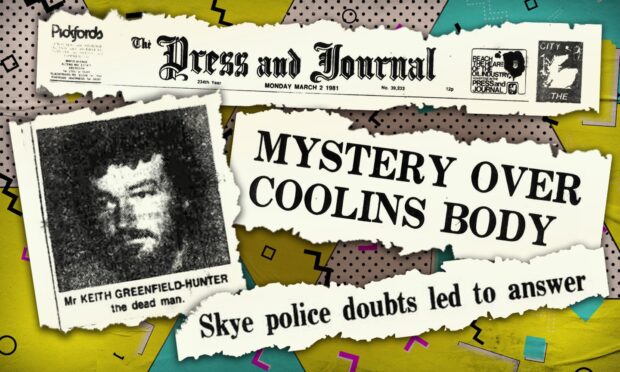
Conversation